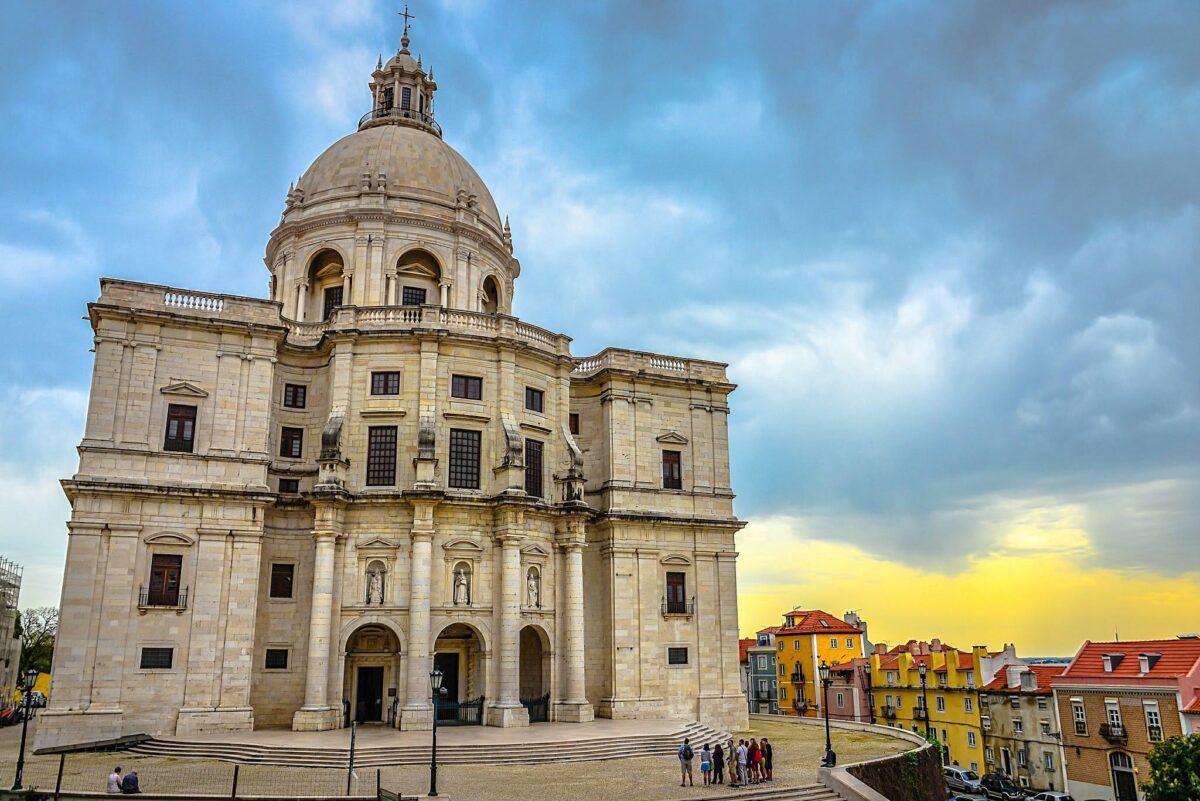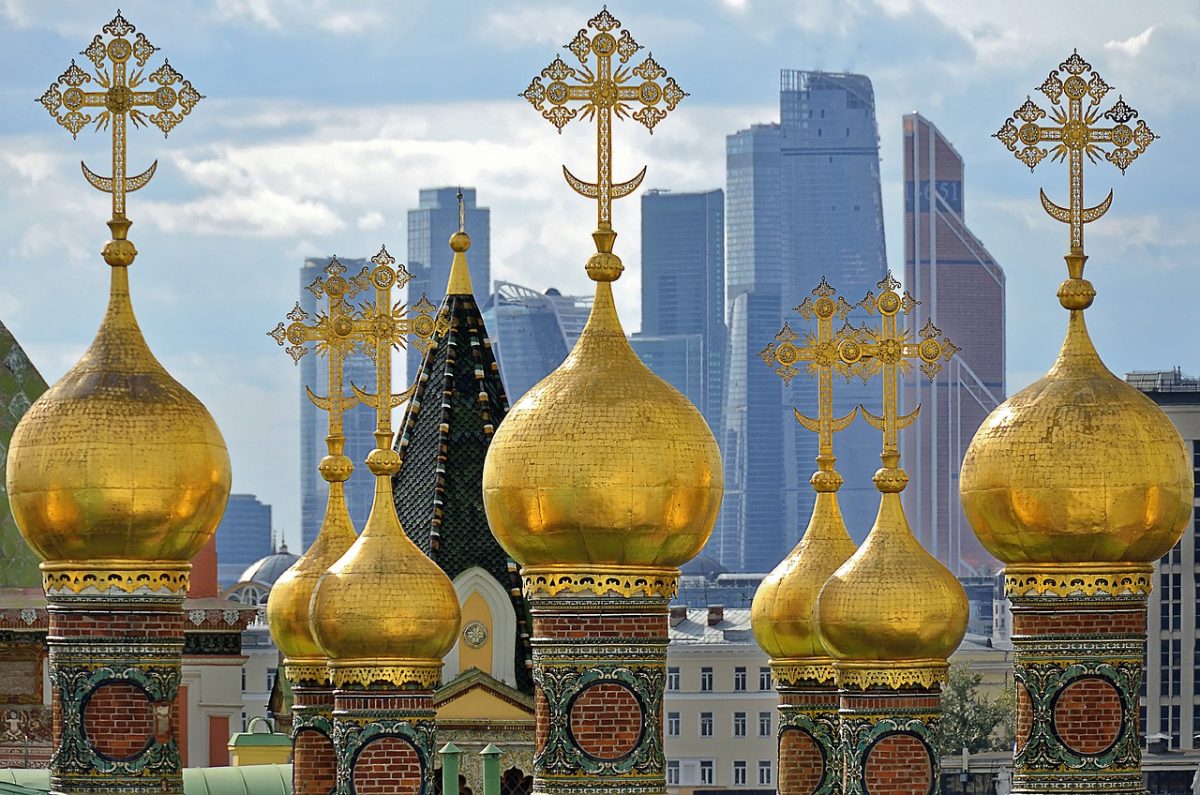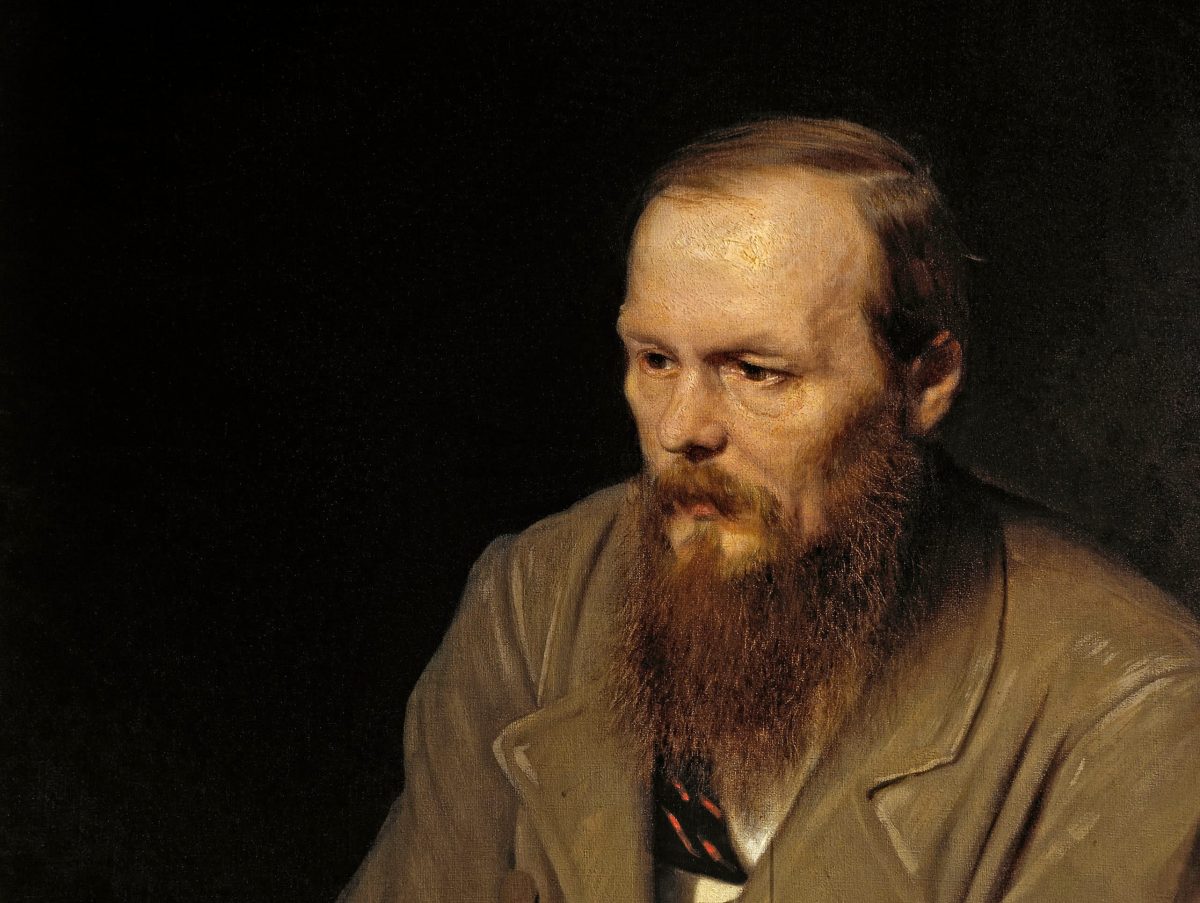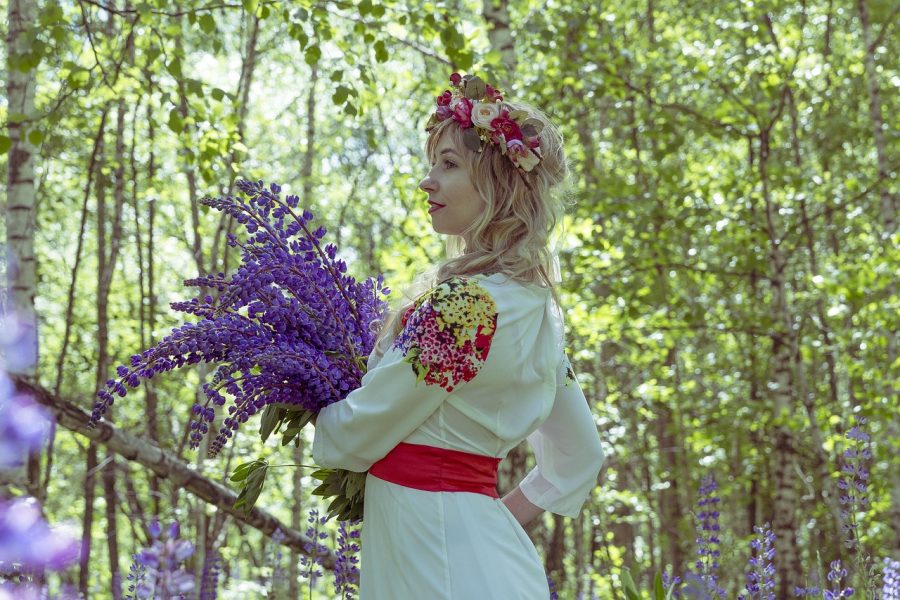Lisbon is a millenary city with many monuments to visit. Despite its antiquity, however, there are few monuments older than 250 years due to the devastation caused by the 1755 earthquake, which destroyed almost all the buildings in the city. This event changed Lisbon’s appearance forever, but the capital of Portugal did not lose its splendor.
However, there are still some monuments built before this tragedy, and those made afterward are just as beautiful and imposing. For example, did you know that the oldest house in Lisbon is over 500 years old? And did you know that the monuments built after the 1755 earthquake are famous for their Manueline style?
Choosing the most dazzling monuments in Lisbon is no easy task, given the number of options that must be analyzed. But among the most famous, the most symbolic, and the most imposing, these are the most beautiful monuments in Lisbon.
1. Jerónimos Monastery
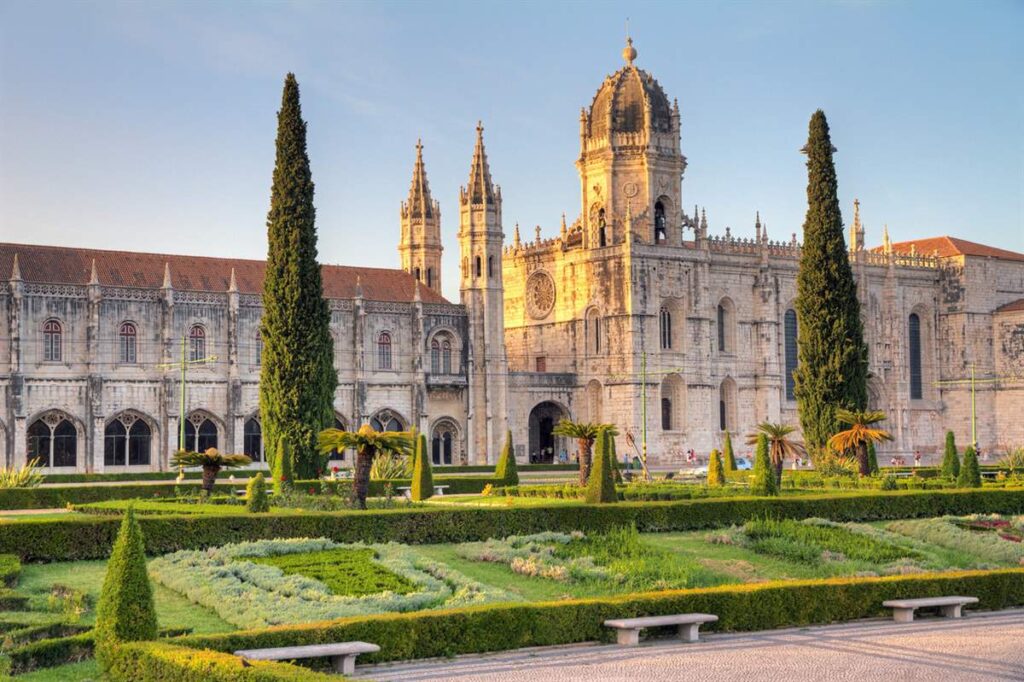
It is situated near the coast, in the parish of Belém. It is one of the most important monuments of Manueline-style architecture. Together with the nearby Torre de Belém, it was designated a UNESCO World Heritage Site in 1983. The monastery was commissioned by King Manuel I to perpetuate the memory of Prince Henry the Navigator.
It was founded in 1496 as the monastery of Santa Maria de Belém. Some Portuguese kings are buried here, like Manuel I and his wife, João II, and his wife, and some poets like Luís Vaz de Camões and Fernando Pessoa.
2. Tower of Belém
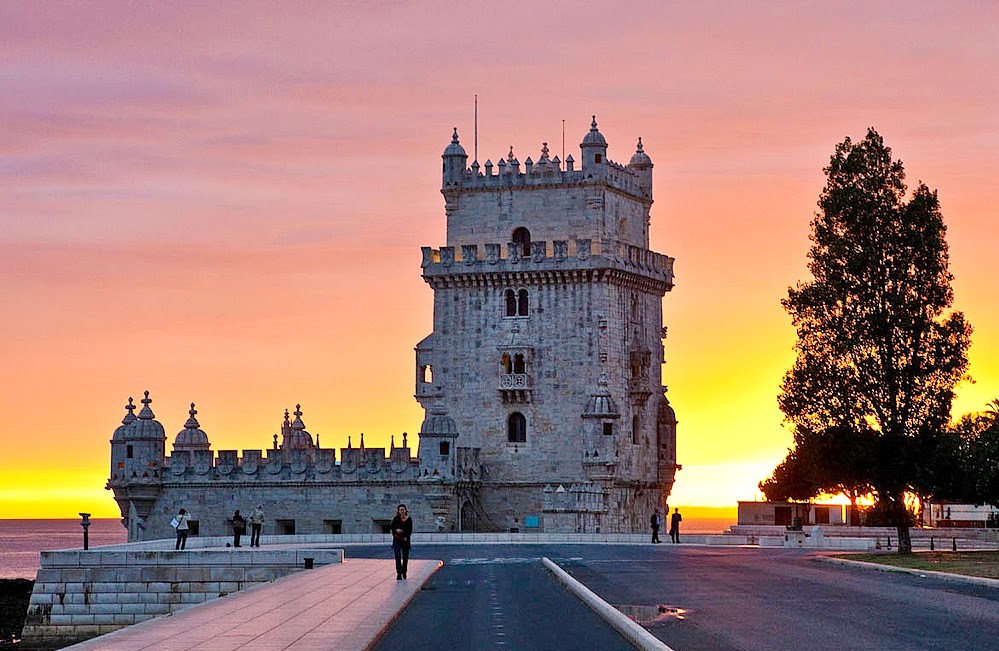
This fortified tower is located in the parish of Santa Maria de Belém. Thanks to its significant role in Portuguese maritime discoveries, it is a World Heritage Site. King João II commissioned the building as part of the defense system at the mouth of the Tagus River, which served as a gateway to Lisbon.
Built in 1515, the Tower of Belem was the starting point for many of the voyages of the Discoveries. For many sailors, it was the last sight of their homeland.
3. Monument to the Discoveries

This monument was inaugurated in 1960 to commemorate the 500th anniversary of Henry the Navigator’s death. On the façade, 33 illustrative figures from the time of the Discoveries are carved, with Infante D. Henrique standing out.
Next to it is a map of the world drawn on the floor, with all the routes the Portuguese took at the time of the Discoveries. It is also possible to climb to the top and enjoy a breathtaking view over the Tagus and Belém.
4. Church of São Roque

This church, dedicated to São Roque, was built in the late 16th century with the collaboration of Afonso Álvares and Bartolomeu Álvares. It belonged to the Society of Jesus and was their first church in Portugal and one of the first Jesuit churches in the world. It was the Society’s main church in our country for over 200 years before the Jesuits were expelled in the 18th century.
This was one of the rare buildings to survive the 1755 earthquake relatively unscathed. The church and the auxiliary residence were given to Santa Casa de Misericórdia de Lisboa as a replacement for the buildings and churches destroyed in the earthquake. This temple is still part of Santa Casa today.
5. Santa Justa lift
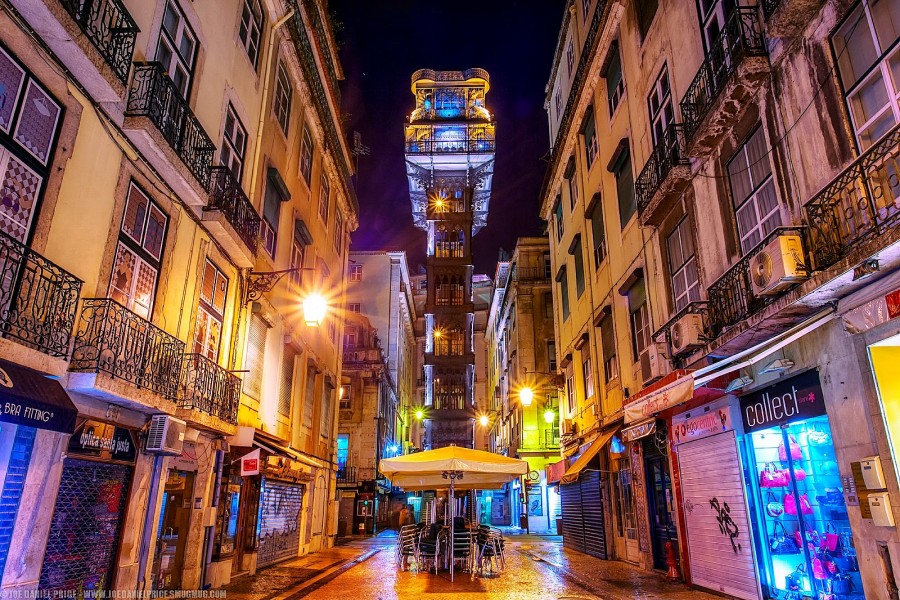
Also known as the Carmo lift, this lift, located at the end of Rua de Santa Justa, connects Baixa to Bairro Alto. It was built by Raul Mesnier du Ponsard, a Frenchman born in Portugal and apprentice of Gustave Eiffel, which explains the similarities in structure to the Eiffel Tower in Paris. Since its construction, the lift has become a tourist attraction in Lisbon, which is still very popular today.
6. Carmo Convent

This convent was built following the victory of the Battle of Aljubarrota, just like the Monastery of Santa Maria da Vitória. It was dedicated to Our Lady of Vencimento in Monte do Carmo and came into being following the vow made by Constable D. Nuno Álvares Pereira in 1389. The convent was always protected, not only by its founder, who endowed it with a vast heritage but also by D. Duarte and D. Afonso V. Afonso V.
Since the beginning of the construction, there have been significant technical difficulties, not only at the level of the foundations, which gave way twice, but also at the level of the support of the headland. Nevertheless, this was one of the most significant architectural campaigns Lisbon had ever seen, a prominent human contingent was used in its construction, and several new features were also introduced here that had already been tried out in the Batalha shipyard.
7. São Vicente de Fora Church
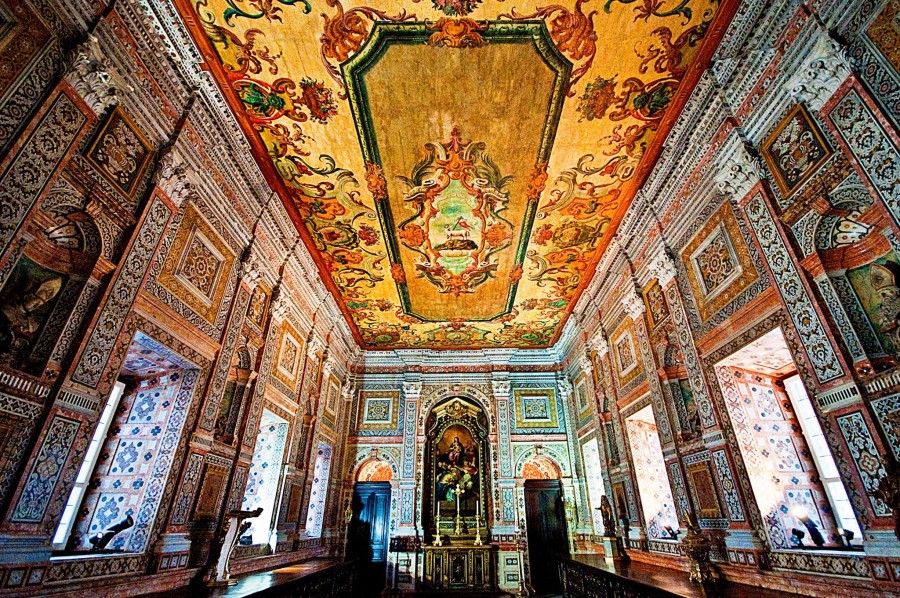
The São Vicente monastery has very ancient origins. This likely is where the troops of D. Afonso Henriques camped when Lisbon was taken from the Moors in 1147. However, the present building was built between 1582 and 1629 by the plan of the renowned Filippo Terzi. The temple’s façade was attributed to Baltazar Álvares and had a sober Mannerist style, with Italian influence but adapted to the Portuguese style.
It is flanked by towers and houses images of Saint Augustine, Saint Sebastian, and Saint Vincent. This church would form the basis of the façades of the temples built in the Portuguese colonies in Africa, India, Macao, and Brazil. In addition, the Pantheon of Bragança and the Pantheon of the Cardinal-Patriarchs of Lisbon are located in the dependencies of this church.
8. Castle of São Jorge

It’s one of Lisbon’s most emblematic monuments and is situated on the highest hill in the city. The oldest known fortification at the site dates back to the 2nd century BC, although traces were found here of the 6th century BC. Phoenician, Greek, Carthaginian, Roman, and Muslim remains have also been discovered, proving a constant human occupation since ancient times.
São Jorge Castle was declared a National Monument in 1910 and underwent significant restoration work during the 20th century, which gave it its present appearance. Today it is a popular leisure space for the population of the surrounding neighborhoods, thanks to its view of the city and the river.
Inside, the museum center stands out, where you can see the history of Lisbon and the Tower of Ulysses, the city’s legendary founder. He gave his name to the old castle tower, where a periscope lets you observe the city at 360° in real-time.
9. National Palace of Ajuda
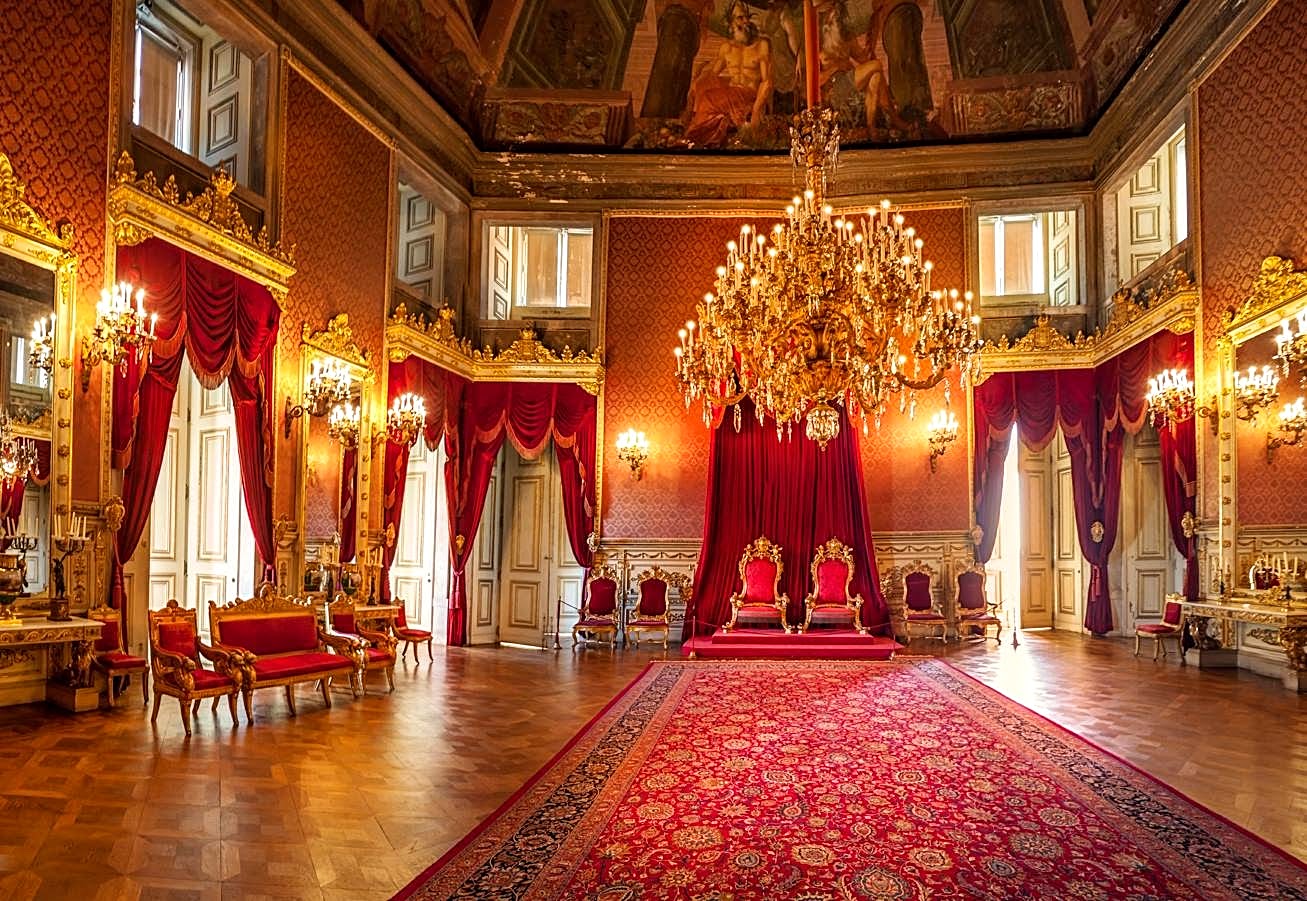
This neoclassical monument in the parish of Ajuda is built on the site where a temporary wooden building once stood, which housed the royal family after the 1755 earthquake. It was begun by the architect Manuel Caetano de Sousa but later entrusted to José da Costa e Silva and Francisco Xavier Fabri. They planned an elegant building in the modern neoclassical style.
Ajuda National Palace has been a National Monument since 1910. Today this former royal residence is not only a museum but also the headquarters of other Portuguese institutions dedicated to culture and the stage for protocol ceremonies.
10. National Phanteon

It’s situated in the Church of Santa Engrácia and has existed since 1916. Many figures of Portuguese history are buried there, from Amália Rodrigues to Almeida Garrett and some Presidents of the Republic.
However, memorials are also dedicated to some important figures of our history that are not buried there, like Luís de Camões, Vasco da Gama, and Pedro Álvares Cabral, among others.
